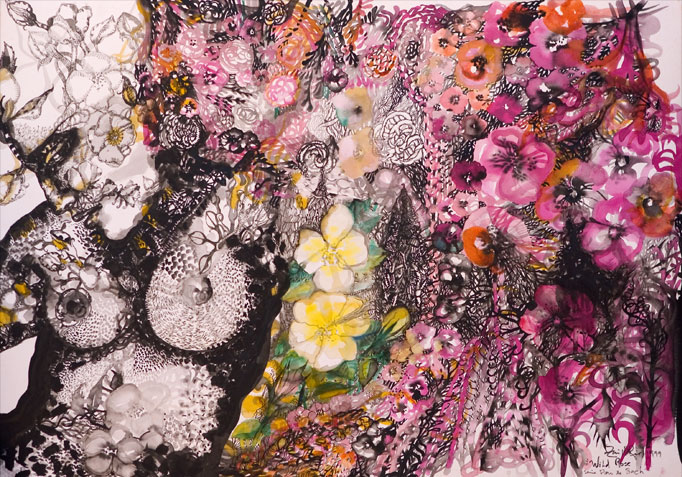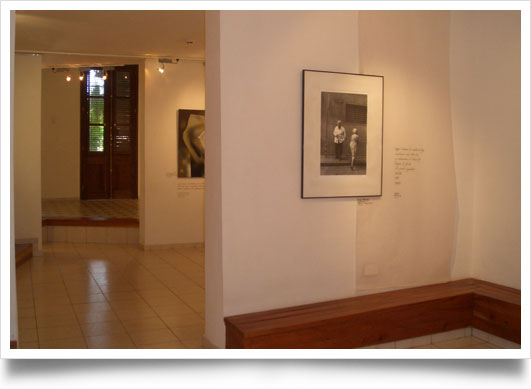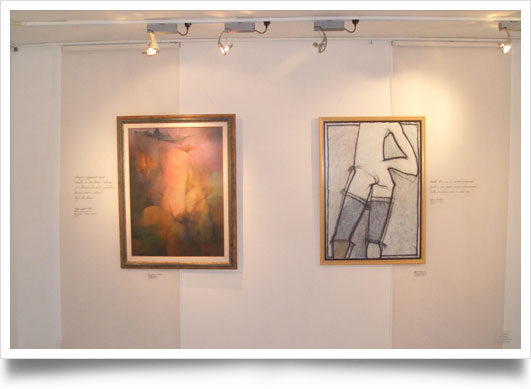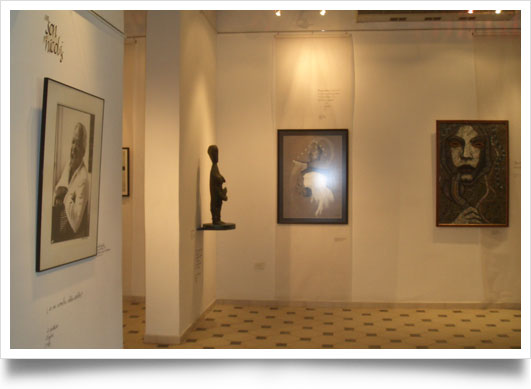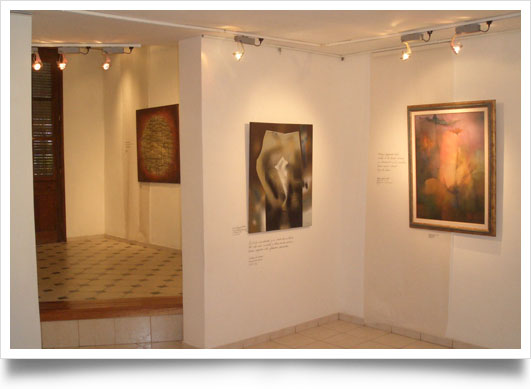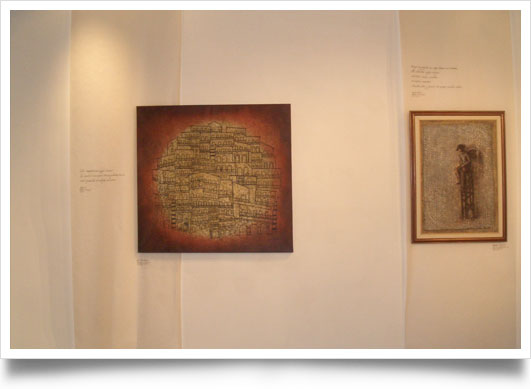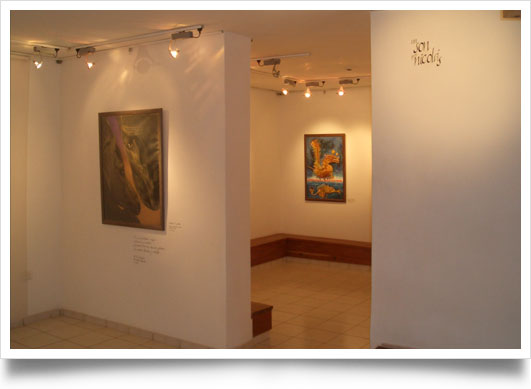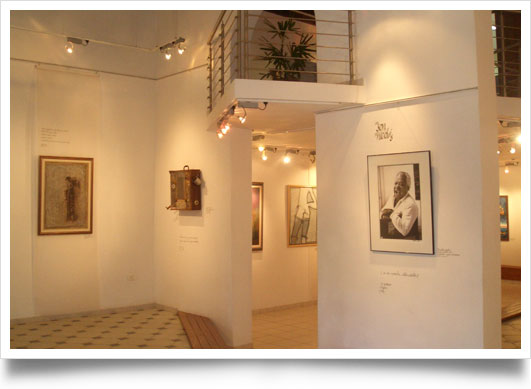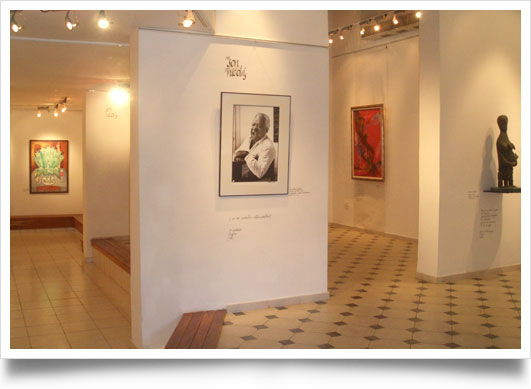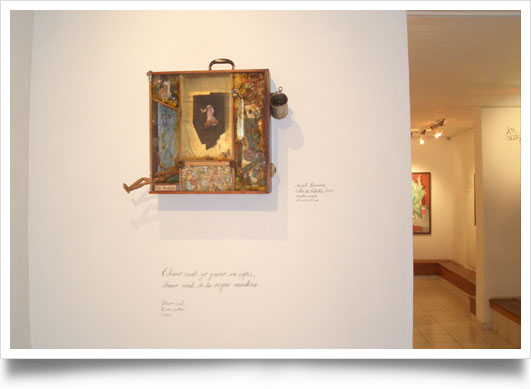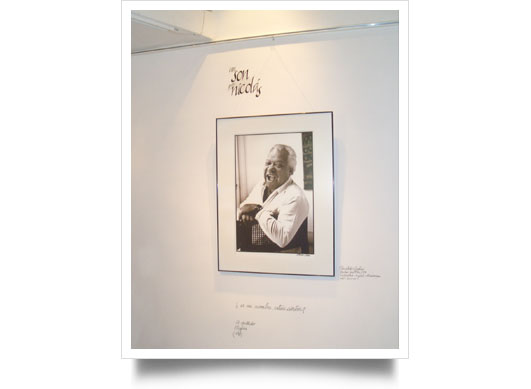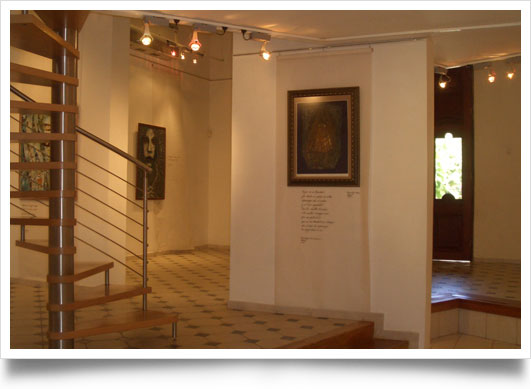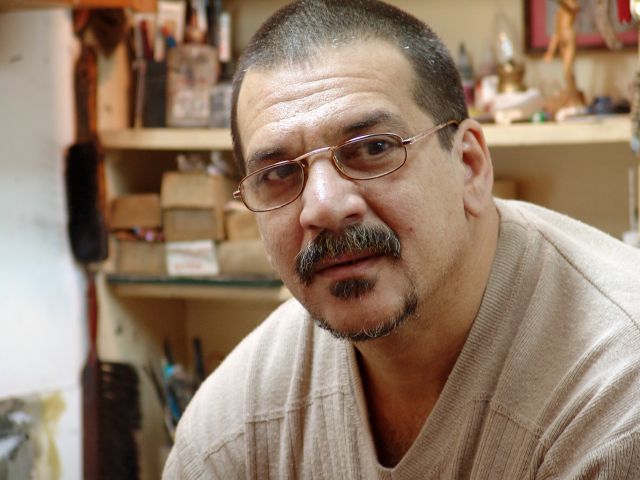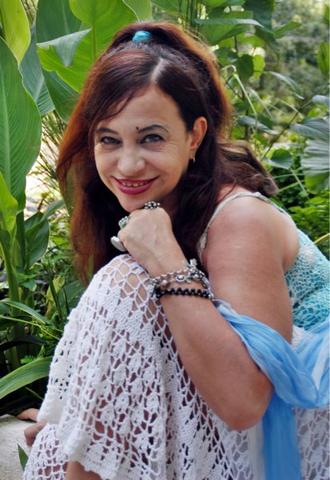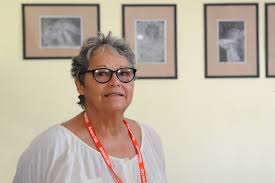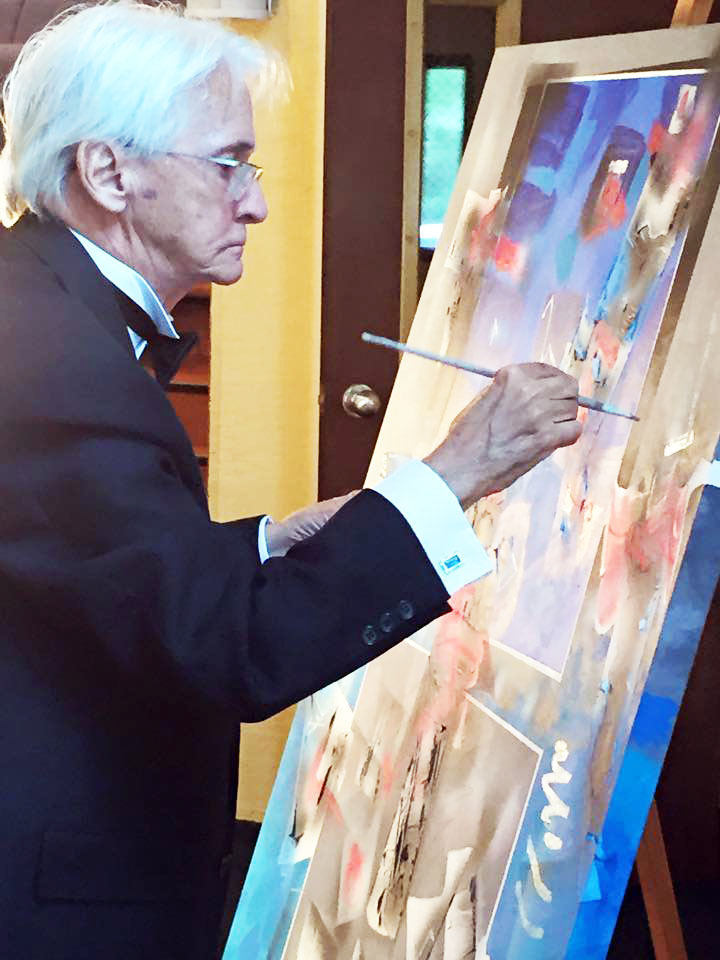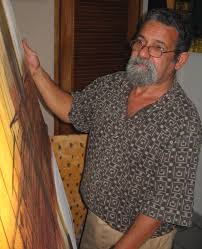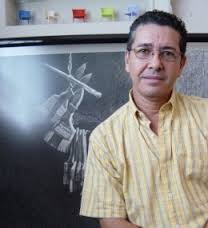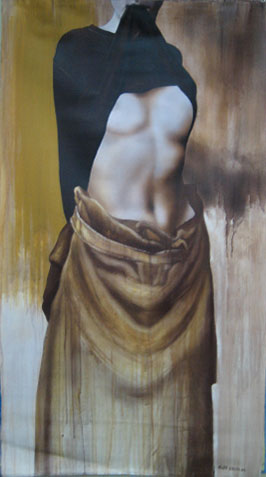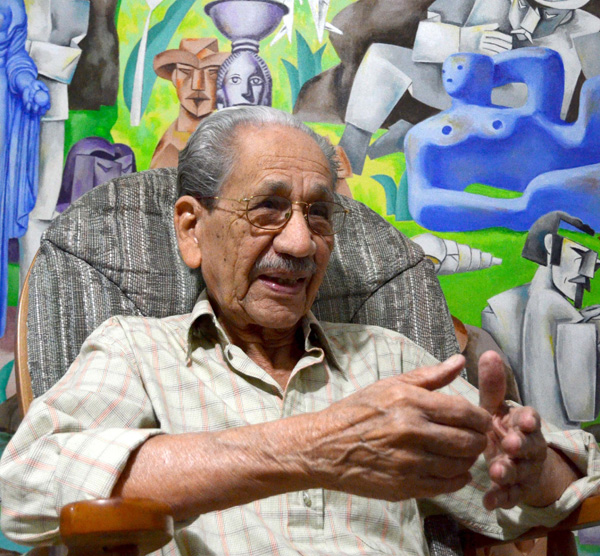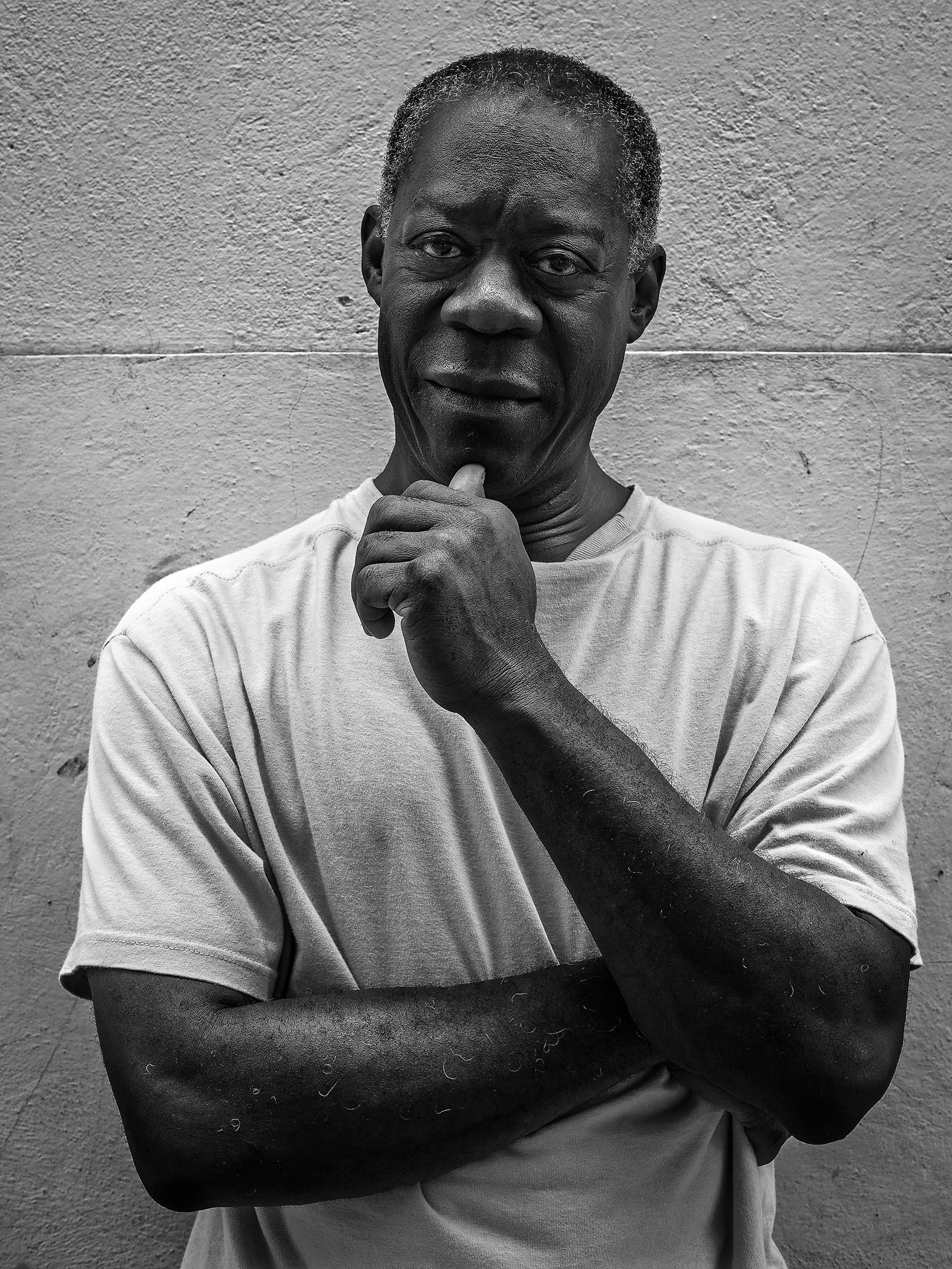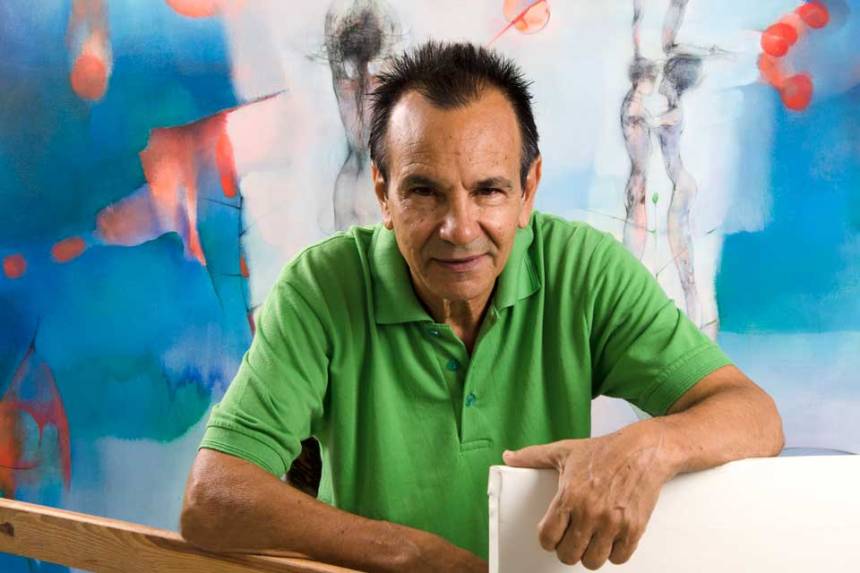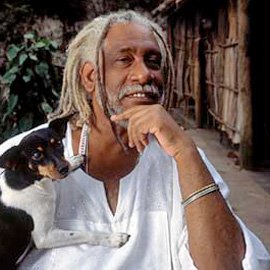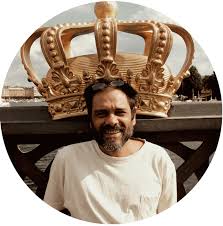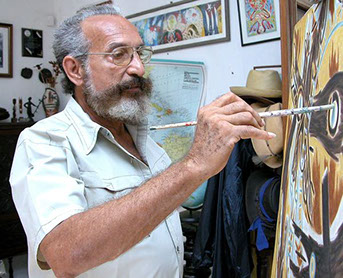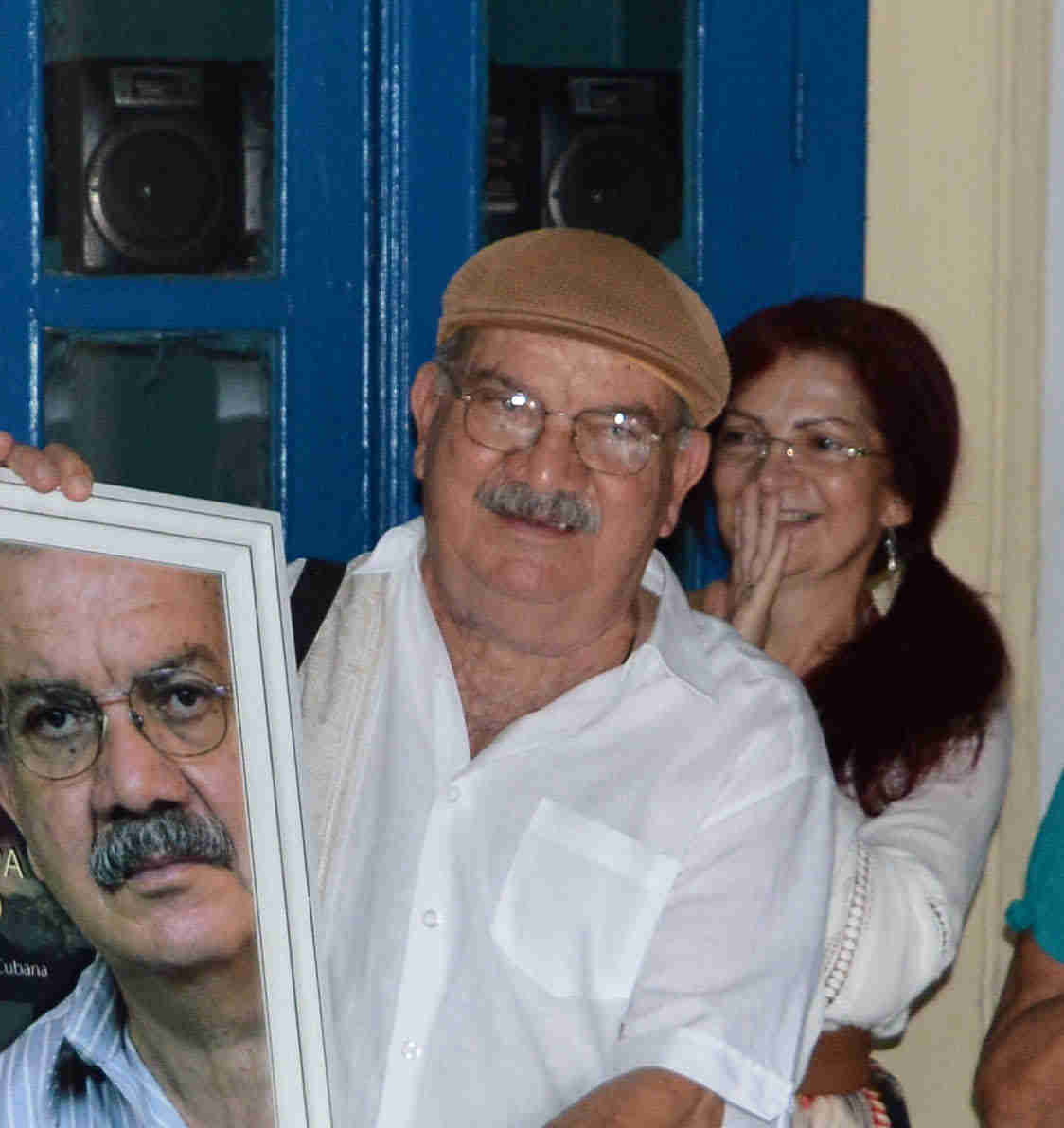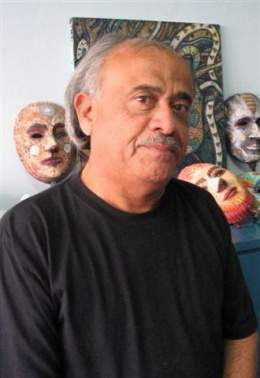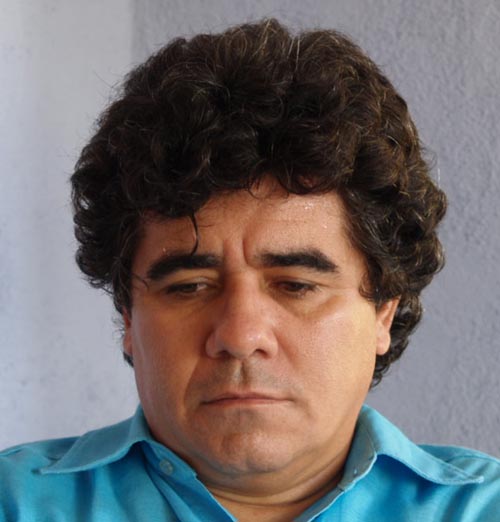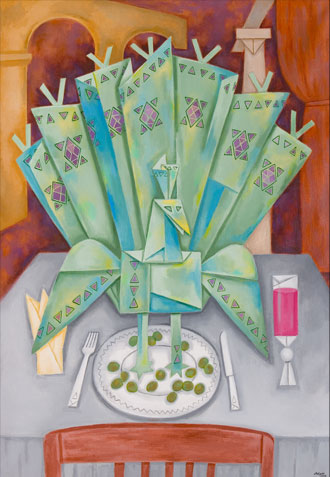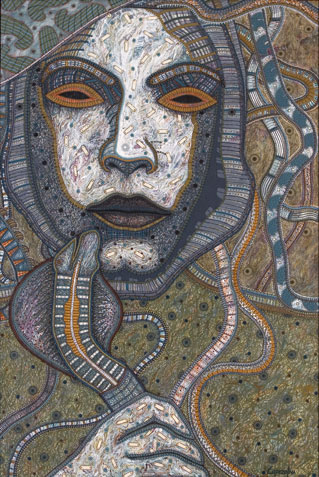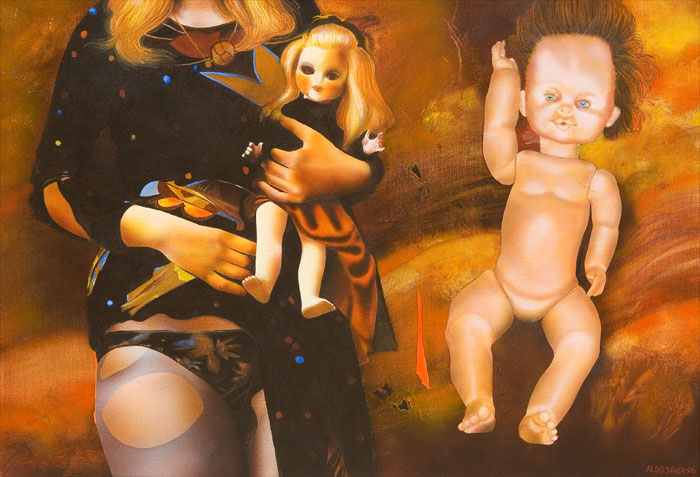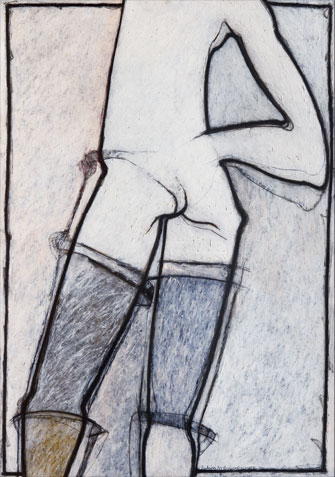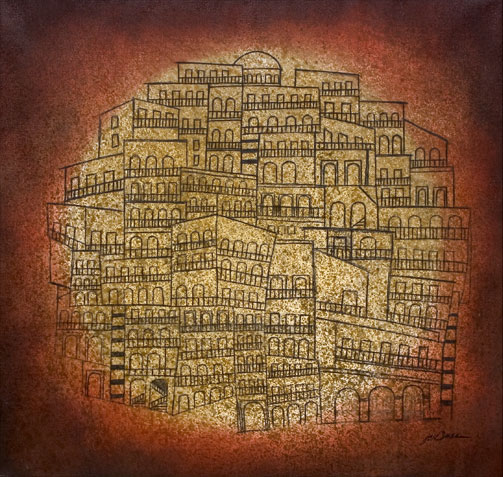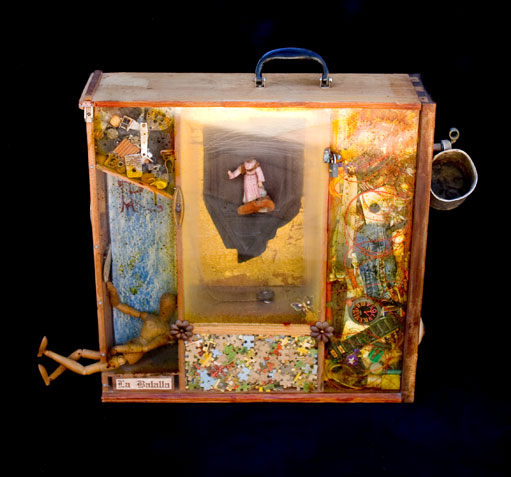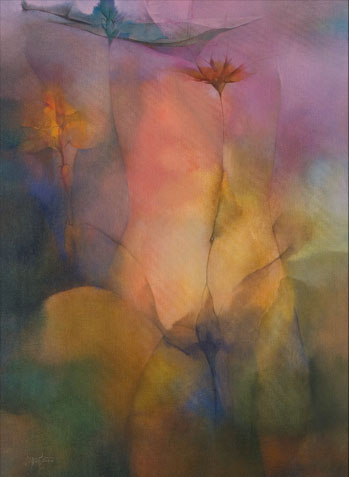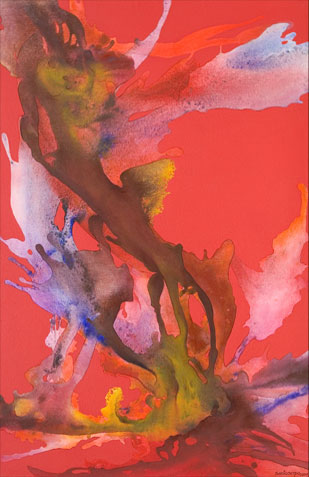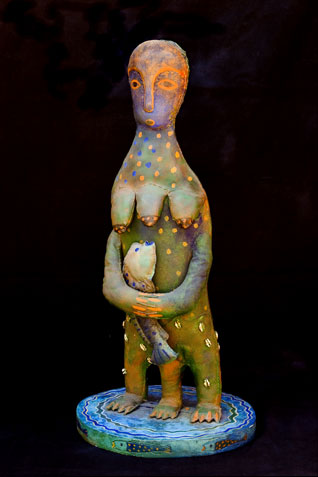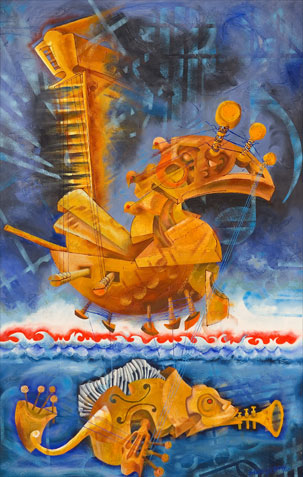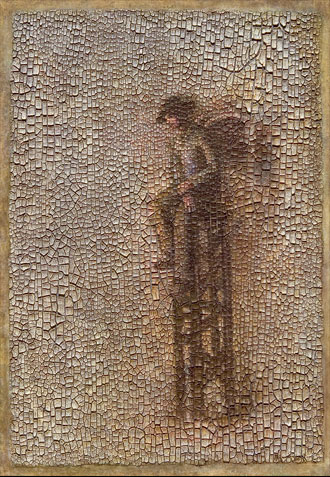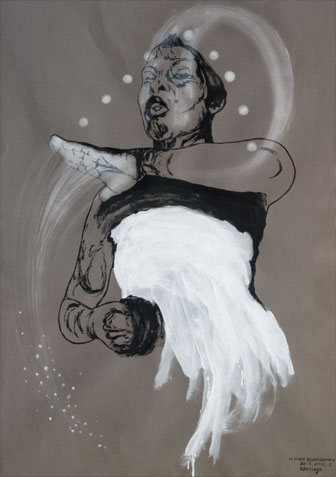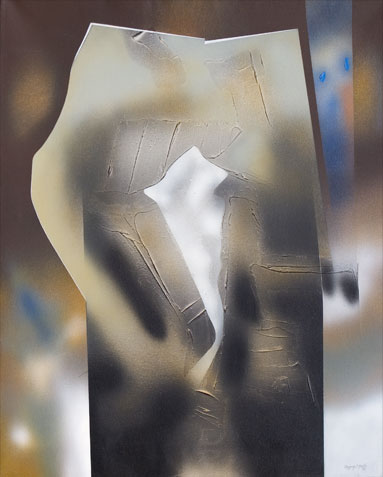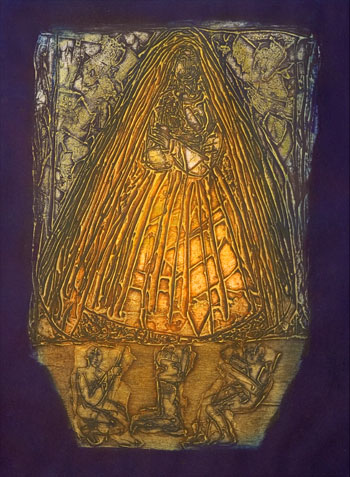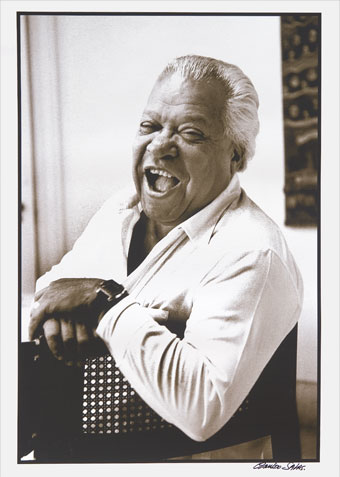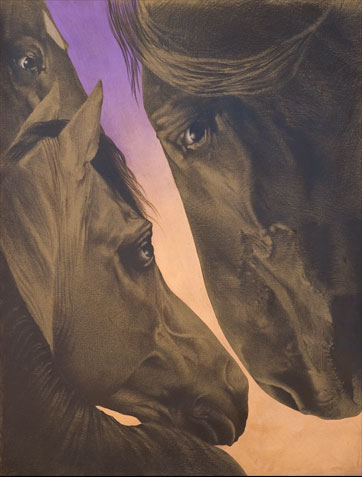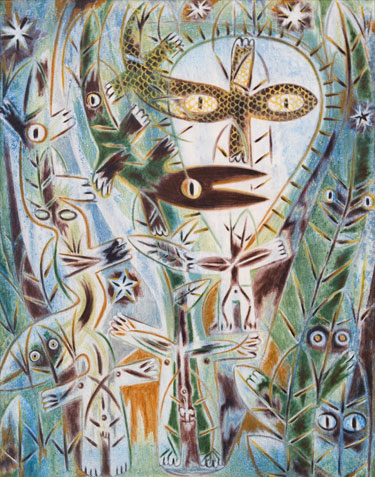A son music for Nicolás
For Nicolás Guillén: Painting turing round
Nicolás Guillén’s poetry was born from music, and owes it the whole splendor that characterizes it. Some scholars went as far as to assert that all his poems were a triumph of Cuban music. Who could hide that truth? Few know that the author of Sóngoro cosongo (1931) was a sensible, passionate temperament who expressed his feelings in almost all the arts.
Plastic arts had in him an insatiable sampler. It is an unquestionable fact that his verse nourishes from the sounds rooted in the daily life of popular neighborhoods, in the breath of those rural landscapes, in their luminous mystery, but also from that plastic nature that his best friends lent him to contribute to the best definition of our essence as Cubans. More than beautiful are his poems dedicated to Víctor Manuel, Fidelio Ponce, Eduardo Abela, Amelia Peláez. In their composition, Guillén penetrates both the plenitude of the forms and the style of each one of those painters, bringing back to the reader the very essence of their genius.
That is why those who visit this extraordinary sample of contemporary Cuban art conceived by painter Lesbia Vent Dumois will undoubtedly enjoy the convergence of themes and forms derived from the poetic event that Nicolás Guillén created throughout half a century.
Here you will not find one single piece meant to serve as simple illustration to Guillén’s verses. On the contrary.
These works, in keeping with the tradition of the Salón Independiente (Independent Hall), express by themselves the finest art of each one of these creators among them true masters of this ancient craft who, in an indefinable way, enter and leave, and enter again the cosmos beating in each one of the texts they have wanted to accompany, in good will, with their abilities, their instinct, their unselfish contribution.
As attribute of this will to participate, you will notice in addition an authentic gracefulness, a making of great excellence that refers the person contemplating them to the work of Guillén in its ritual signs, in its political satire, in its eroticist tenderness, in its solidarity with the Spain of Federico García Lorca, in its perennial denounce of the social evils that once harassed the island of Cuba. Oils, sculptures, calcographs, among other modalities characterized by the mixed technique, are the ways that these great names of Cuban painting found, turning round a star, turning round their own paintbrushes in search of all of us. Painting turning round in its marine world, in its mountain cavern, in its hurricane winds, in its many-colored signs, in its Cuban color.
In short, Cuban painting turning round in the thresholds, turning round by itself, in the eternal verses by Nicolás Guillén.
Nancy Morejón
Havana, July 21, 2006
Artworks
Turkey Cuban Style
Adigio Benítez Jimeno 2006The Prophet's Scepter
Manuel López Oliva 2006Lolita
Aldo Soler Ávila 2006Pepper stick
Rubén Rodríguez Martínez 2006Tribute to Borges
José Omar Torres 2005Obstacles
Arturo Montoto 2005Solar la batalla
Ángel Ramírez Roque 2005Divine Joy
Ernesto García Peña 2004Maddened with Love, I Give Up Everything
Raúl Santos Zerpa (Santoserpa) 2004Energy
Manuel Mendive 2003Women's Chants
Diana Balboa 2003The Rites of Silence 25
Agustín Bejarano 2003Mother, answer me
Santiago Rodríguez Olazábal 2002Wild Rose
Zaida del Río 1999Portrait in the Dark
Juan Vázquez Martín 1998Oshún
Eduardo Roca Salazar (Choco) 1998Nicolás Guillén
Osvaldo Salas 1976Face to Face 2
Gilberto Frómeta FernándezEnigma for Emptiness
Ever FonsecaArtists
